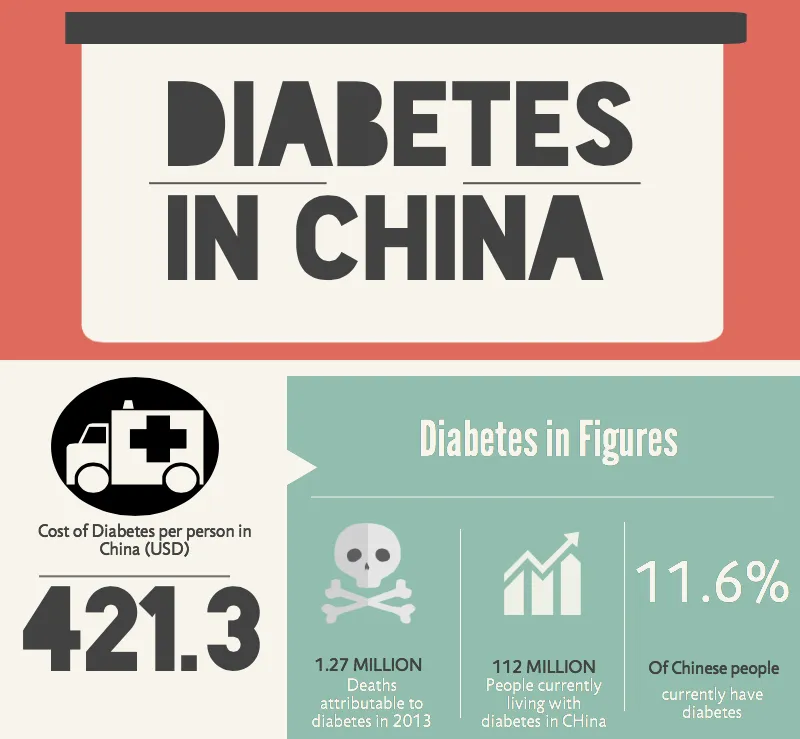The prevalence of adult diabetes in China of 10.9% is similar to that of the United States in 2014, where 9.3% of adults suffered the disease.
A WHO report published in 2016, established that worldwide, 422 million adults lived with diabetes in 2014, compared to 108 million in 1980.
China is suffering the largest diabetes epidemic in the world: about 11% of its adult population suffers from this metabolic disease, while almost 36% is prediabetic, according to a wide national study published on Tuesday in the United States.
The results of the study, carried out in 2013 with 170 thousand 287 participants and in charge of Linhong Wang, of the Chinese Center for Disease Control and Prevention in Beijing, were published in the Journal of American Medical Association (JAMA).
The researchers measured the glycemia of all fasting participants.A person is considered to be diabetic when he has a rate greater than 126 milligrams/blood deciliter, and prediabetics if the rate is between 105 and 126 mg/dl.
Hyperglycemia results from two anomalies: a malfunction of the pancreas, which manufactures insulin, or a resistance of the organism to this hormone.Among the diabetic people in China, 36.5% were aware of their disease and 32.2% received treatment.
Of the treated people, 49.2% controlled their level of glycemia.The incidence of diabetes among Tibetan and Muslim Chinese participants is significantly lower than in the Han population.Thus, 14.7% of Hanes have diabetes, while only 4.3% of Tibetans and 10.6% of Muslims suffer from.
The prevalence of adult diabetes in China (10.9%) is similar to that of the United States in 2014, where 9.3% of adults (29.1 million) suffered the disease, according to a report by the federal centers of control and prevention of diseases(CDC).
As for the prediabetics, they represented in the United States 37% of the population (115 million), the same proportion as in China, according to the report.Of the thousand 90 million adults in Continental China in 2013, 388.1 million are prediabetic (200.4 million men and 187.7 million women), according to the study published in JAMA.
The authors underline that this lower prevalence of diabetes in China with respect to 2010 estimates could be due to a different method of blood sugar measurement.
Worldwide, 422 million adults lived with diabetes in 2014, compared to 108 million in 1980, according to a report by the World Health Organization (WHO) published in 2016.
The prevalence of diabetes increased more rapidly in low and medium -sized income countries.Diabetes is one of the main causes of blindness, renal failure, cardiovascular accidents and lower member amputation, according to WHO.
According to the report, 1.5 million people died in 2012 as a direct consequence of diabetes and 2.2 million did so for reasons related to hyperglycemia.


